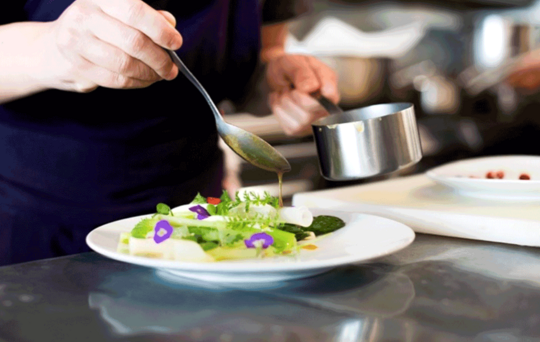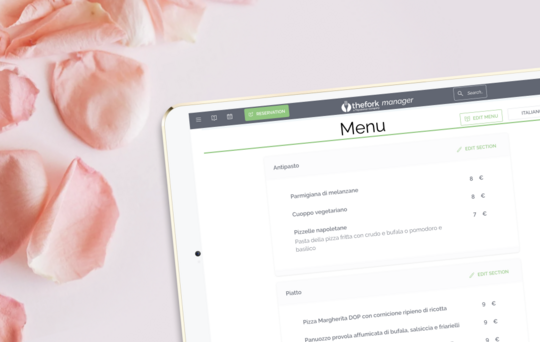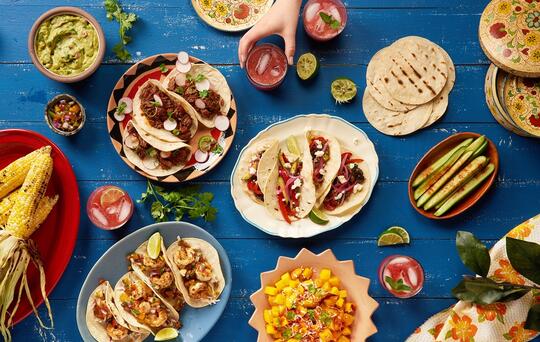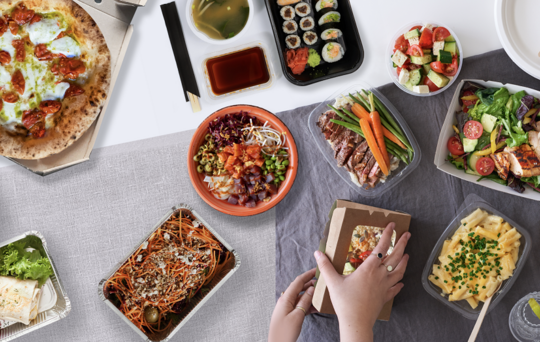Restaurant management: which metrics are the most important?

Restaurant management is like a roller coaster where trial and error are a constant. Especially nowadays, when it's essential to keep surprising customers and stand out from the competition. Buthow can we innovate if we don't understand our restaurant's health in the short, medium and long term?
Aside from the ratio between profits and operating costs, it's essential to perform other calculations that will tell us if we are taking the right actions and decisions. What we're referring to is regularly calculating the following 4 metrics, which are common to the restaurant business.
What's the purpose of these metrics?
Verifyingwhether we're losing money in some area of the restaurant and correcting it in time.
Detectingwhether there are actions that may incur lossesin the future and changing them.
Strengtheningactions that are producing good results, and even visualizing how to take further action in that direction.
Pour yourself a coffee and take your time to calculate your business's performance according to these 4 indicators:
Cost of goods sold (COGS)
How much does each product we sell at our restaurant actually cost? The cost of goods sold specifically refers to knowing the actual cost of the dishes and beverages we sell. Because it's one of the highest costs for restaurants, this is an essential metric that requires us to constantly monitor inventory during our period of analysis.
It allows us to optimize this rate by improving negotiation with suppliers, our methods of preparation, waste management, or by taking any other actions that might allow us to lower this cost and increase our profits.
This is how it's calculated:
Cost of goods sold (COGS) = Initial inventory + Inventory purchased - Final inventory
.
Cost of production
Another piece of information we need to know in restaurant management is how much it costs us to produce and serve the products, in other words, how much does it cost us to convert the raw materials into products served on the tables, since there are factors that have to be included in the final price for them to be profitable.
To calculate our cost of production, we have to add up all the costs related to the employees, machinery and services we need for operations, such as wages, water, electricity, gas, rent, maintenance costs, etc., and that's how we get our work cost.
To this, we add our cost of goods sold (COGS) and we obtain the:
Cost of production = Cost of goods sold + Cost of work
.
Gross Profit
Once we know how much the products sold and the raw materials cost us, we can find out how much money we have available from the gross profit to pay for our fixed costs and for new investment. This is calculated during a specific period of analysis such as a month, quarter or a year.
Let's assume it would be ideal if our gross profit were slightly above the average profit for our sector, since it would indicate that, in addition to being profitable, our business is doing better than our competitors.
The formula is:
Gross profit = Total revenue - Cost of goods sold (COGS)
.
Break-Even Point
Calculating this allows us to estimate how much we will have to make in sales to recoup different kinds of investments, such as the investment in opening the restaurant, investment in new marketing, important remodeling, or any other changes we may need make.
It's also useful when applying for a loan or negotiating with new investors to make improvements because it shows where our break-even point will fall between the new costs and profits. To use this formula, first we have to know the:
Total fixed costs: These are the costs required to keep restaurant open. Wages, rent, insurance, telephone, Internet, water, electricity, etc.
Total variable costs: These are the costs incurred when customers come to the restaurant. Production costs, employee overtime, cleaning, etc.
Total sales: The total sales obtained during the period of analysis.
With this data, we can use an initial formula to calculate the contribution margin.
Contribution margin = Total sales - Total variable costs ÷ Total sales
Then, we use the following formula:
Break-even point = Total fixed costs ÷ Contribution margin
We can see this more clearly if our restaurant makes €7,000 in total sales during the month of analysis. If we pay €3,000 in fixed costs and €2,000 in variable costs, the approximate break-even point is €4,203, which means we need to sell this amount of our products to make a profit.
Other restaurant management metrics:
The customer satisfaction that can be estimated by analyzing opinions left by customers on TheFork and TripAdvisor.
The profit we earn from each seat, per hour, by calculating the Revenue Management, or RevPash.
The profitability of our menu, by applying menu engineering.
Read these articles to learn more about these topics:
How online opinions affect a restaurant's advertising
RevPash, the essential restaurant management formula
How to increase sales with menu engineering
And if you want to go a step further, we invite you to calculate the profit your business can make by advertising on ElTenedor, the number of customers you can bring in and the additional turnover based on your costs, by clicking here.
You can also join our community directly bk_linkbuilding id="64857" text="by clicking here"]. The best time is always now!












